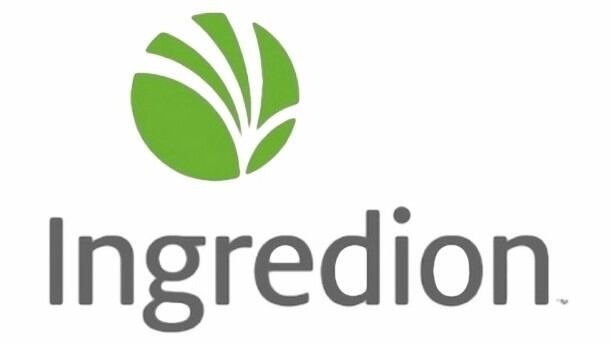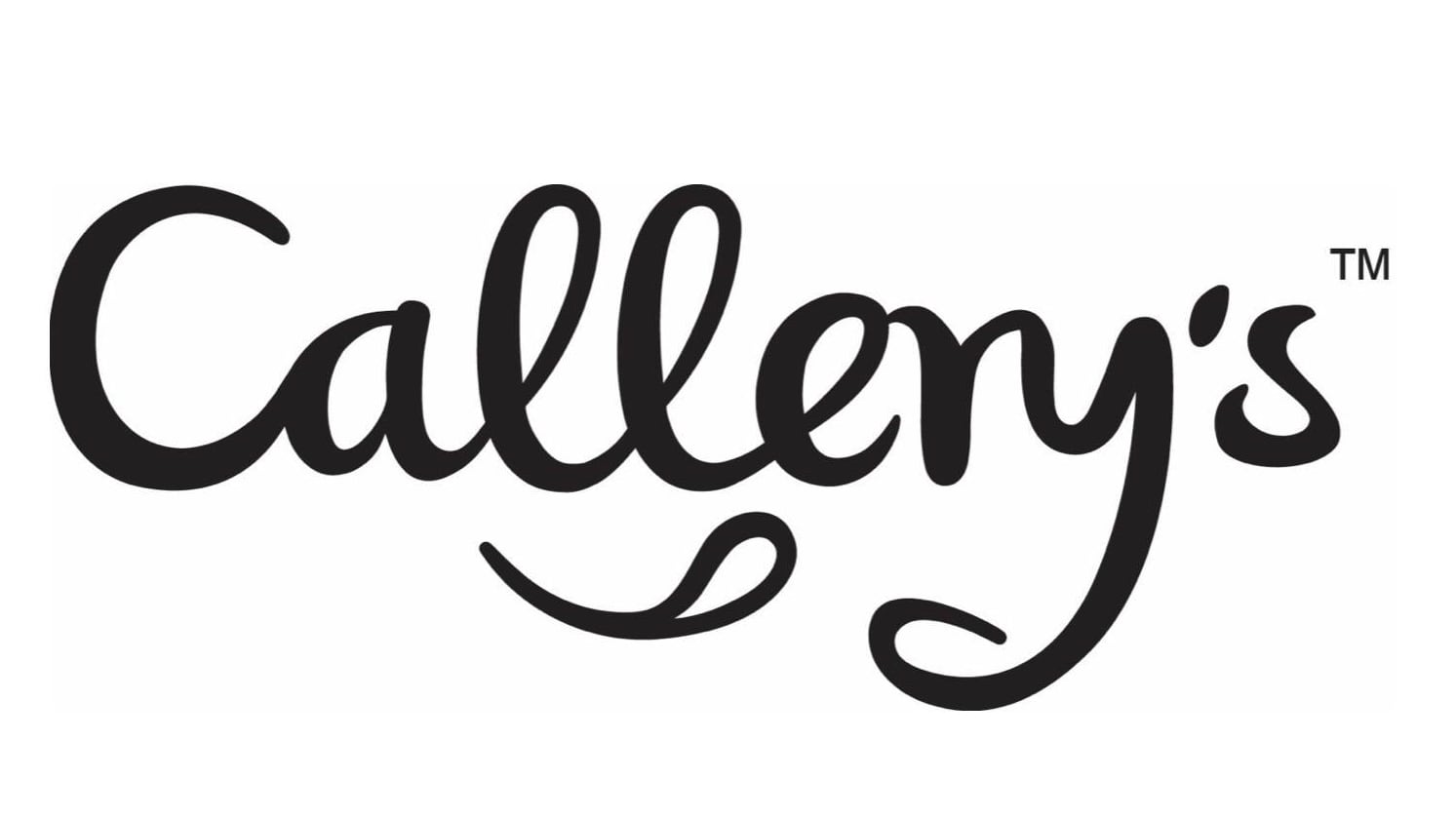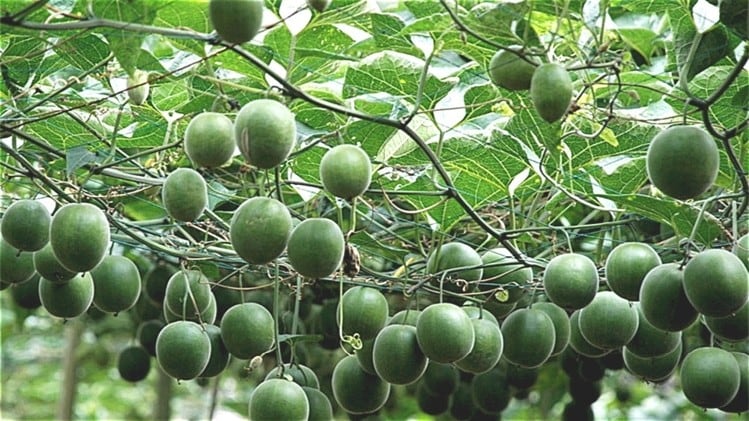Launched jointly with Ingredion’s partnering company Sweegen, the new stevia sweetener is made from stevia leaf extract Rebaudioside M (Reb M).
According to Ingredion, the Reb M is extracted from the stevia leaf via a ‘bioconversion process’ that can ‘achieve high quantities […] economically unattainable from traditional stevia extraction methods’.
“BESTEVIA® Reb M stevia leaf sweetener is 200 to 300 times sweeter than sugar,” said Ingredion via its website.
“The process starts with the leaf of the stevia plant and results in a 95% pure Reb M stevia sweetener with significantly less bitterness and aftertaste than conventional stevia sweeteners, […] enabling levels of sugar reduction that were impossible or unpalatable until now.”
Because of its sweetening properties, the new sweetener can be used ‘more competitively’ by food and beverage manufacturers to reduce the actual sugar content in products, heeding the ongoing sugar reduction trend.
“The sugar-reduction trend is reshaping the way manufacturers formulate for sweet taste globally,” added Ingredion Asia-Pacific Innovation Director Eric Weisser via the official press release.
“The world-wide trend towards clean labels [also] supports the use of nature-based, non-GMO, sustainable ingredients [like in this sweetener],” added Sweegen.
FSANZ amended the current specification for Rebaudioside M under the Australia and New Zealand food standard code to include this new sweetener ‘[a]fter performing a detailed safety evaluation’, according to Sweegen.
As per the FSANZ website, Reb M is classified as a steviol glycoside intense sweetener, which is in turn considered a food additive.
“We conduct a thorough safety assessment of all food additives, including sweeteners, before they are approved for use in food,” said FSANZ.
“[In this safety assessment], we check whether they are safe at the levels being proposed, and that there is a good technological purpose for their use.”
Updates on monk fruit extract as a sweetener
Reb M aside, monk fruit is also gaining traction down under.
Food Standards Australia New Zealand (FSANZ) aproved an application made by Saraya Co., Ltd. to permit the use of monk fruit extract as a food additive to perform the technological purpose of an intense sweetener.
FSANZ approved the draft variations on October 31, 2018 and The Australia and New Zealand Ministerial Forum on Food Regulation was notified of the decision on 12 November 2018.
“FSANZ has conducted a thorough safety assessment and concluded there are no public health or safety issues related to the use of monk fruit extract as a sweetener,” said FSANZ Chief Executive Officer Mark Booth back in September 2018.
According to the final approval report, “Monk fruit extract has a number of advantages over other already approved intense sweeteners.”
“It has a relative lack of bitter taste and can be used as a sugar substitute in baking (as it has high temperature stability and no unpleasant aftertaste).”
Previously, monk fruit was only permitted for sale in Australia and New Zealand as a fruit or drink flavouring.
New method of sweetener production
Additionally, FSANZ has called for submissions over a new production method for rebaudioside D (Reb D), a steviol glycodside sweetener that is already permitted under the Food Standards Code.
“FSANZ's risk assessment found no health and safety concerns with the new method," said FSANZ CEO Mark Booth via an official statement.
“The applicant is seeking approval to include a new specification for Reb D produced by an enzymatic conversion method."
Submissions will be accepted until March 26 2019.
Other sugar reduction efforts in the region
Australia is taking the sugar reduction battle very seriously, with food and beverage companies leading the charge.
Last year, the Australian beverage industry announced a pledge committing to a 20% reduction in sugar across the board by 2025, helmed by big names including Coca-Cola, PepsiCo and Asahi.
“It’s a landmark commitment, and a sign of the beverage industry’s awareness that we have a crucial role to play,” said trade organisation AusBev’s CEO Geoff Parker.
“The industry has also made critical moves to reduce sugar intake in the country, by offering greater choices for Australians with less/no sugar as well as different pack and container sizes.”
According to the NZ Herald, the New Zealand Beverage Council is considering a similar initiative.
In pursuit of its 2020 10% sugar-reduction target, Coca-Cola New Zealand in turn launched its new ‘Less Sugar Fruit Drink’ Keri in 2017 with 50% less calories and sugar from fruit juice than regular Keri beverages.
It also innovated and launched lower/no-sugar options like Coca-Cola No Sugar and Coca-Cola Stevia No Sugar in the country.
For other food companies, efforts are abound as well, especially in R&D. A good example is the ‘groundbreaking material science [that] makes less sugar taste just as good’ as posted by Nestle Australia.
“This truly groundbreaking research is inspired by nature and has the potential to reduce total sugar by up to 40% in our confectionery,” said Nestlé Chief Technology Officer Stefan Catsicas.
“Our scientists have discovered a completely new way to use a traditional, natural ingredient.”
The technology was implemented in Nestle brand Milkybar Wowsomes in the United Kingdom last May, and Nestle General Manager Confectionery Martin Brown said that the company aimed to bring the chocolate bar to Australia and New Zealand soon as well.
The company also halved the size of its Allen’s Killer Python lollies in 2014 to 24g (336kJ) as compared to the previous 47g (630kJ) in an effort to ‘bring confectionery serves down to scale’.




